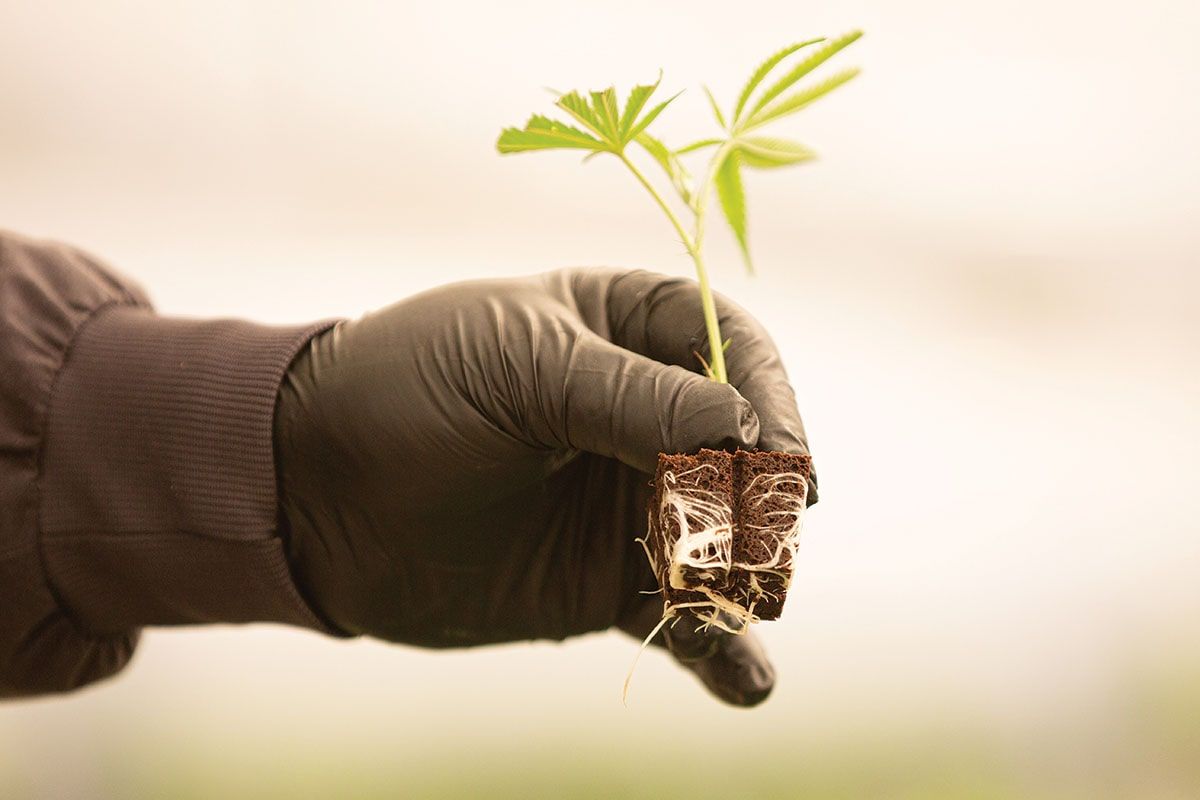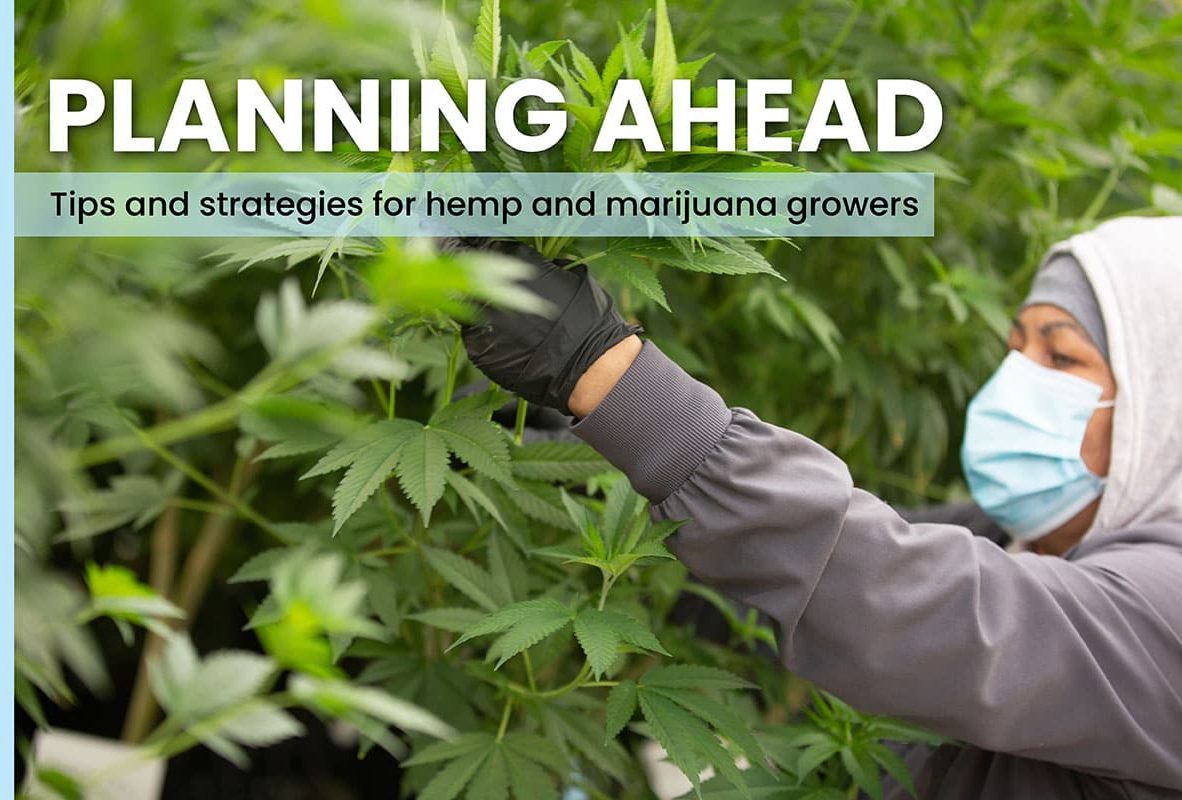(This story is part of the cover package for the March issue of Marijuana Business Magazine.)
Innovation in the cannabis industry is accelerating, with creative entrepreneurs developing emulsions, fast-acting formulas and other delivery enhancements for an ever-expanding universe of products.
All this is happening while pharmaceutical chemists are preparing cannabis-based medicines for U.S. Food and Drug Administration approval.
But for all the fancy value-added products, flower still rules the marijuana marketplace.
In fact, demand for flower has been booming this past year during the COVID-19 pandemic, buoying the cannabis retail sector.
“The cool thing about being a cultivator is that I wouldn’t say we control the market, but we’re very, very instrumental in the market. Because none of these dispensaries would exist without us. Not the other way around,” said Chris Ball, owner of Ball Family Farms in Los Angeles.
Part of the reason the industry continues to thrive amid product innovation is because cultivators themselves are doing a lot of the innovation to produce better crops more efficiently.
And like many consumer packaged goods, the quality and success of marijuana products in the marketplace depends
on what growers devote to the beginning of the cultivation process—even before the first seeds are put in the ground.
In this package, some of the industry’s most experienced and innovative cultivators share their advice for getting a grow off to a strong start, whether your crop is farmed indoors or outdoors.
They understand that the root of the industry is cultivation and that the root of cultivation success is doing things judiciously from the beginning.
These experts’ tips range from site selection, soil testing and breeding genetics to grow-cycle planning, technology use and contract negotiating. We hope that the following information helps establish the roots of a profitable growing season.
So, go ahead and get started:




